The Misunderstood Predator of Ancient America
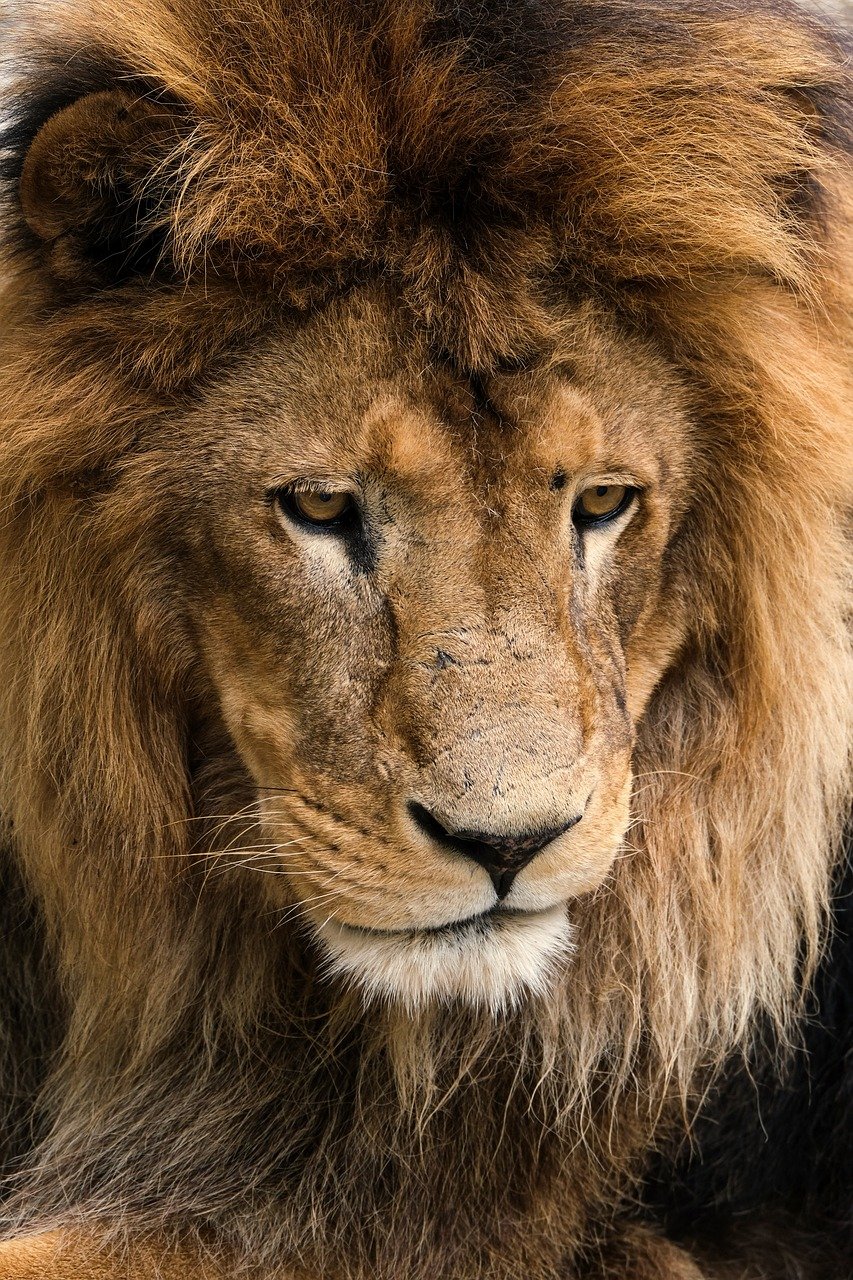
Picture this: you’re walking through a prehistoric forest 15 million years ago, and suddenly you hear the rustle of leaves. What emerges isn’t quite what you’d expect from a typical saber-toothed cat story. Barbourofelis stands before you, but something seems different about this fearsome hunter.
This magnificent creature has sparked decades of scientific debate, leaving paleontologists scratching their heads about where exactly it fits in the evolutionary puzzle. While its massive canine teeth scream “saber-tooth,” its bone structure tells a completely different story.
When Scientists Got It Wrong

For nearly a century, Barbourofelis wore the crown of being North America’s most impressive saber-toothed cat. Museums proudly displayed its fossils alongside other members of the feline family, and textbooks confidently placed it in the cat lineage. But science has a funny way of humbling even the most confident experts.
The truth hit the paleontological world like a meteor in the 1990s. Advanced bone analysis revealed that Barbourofelis wasn’t actually a cat at all, but rather belonged to an entirely different family called the Barbourofelidae. Imagine the embarrassment of realizing you’ve been calling your neighbor’s dog a cat for 80 years.
The Great Evolutionary Mimic

What makes Barbourofelis truly fascinating is how it perfectly demonstrates convergent evolution in action. Think of it as nature’s ultimate copycat, independently developing the same hunting strategy as true saber-toothed cats millions of years apart. Both groups evolved those iconic elongated canine teeth, but they did so through completely different evolutionary pathways.
This remarkable example shows how similar environmental pressures can shape completely unrelated animals into nearly identical forms. It’s like watching two different artists independently paint the same masterpiece, each using their own unique techniques to achieve the same stunning result.
Built Like a Powerhouse
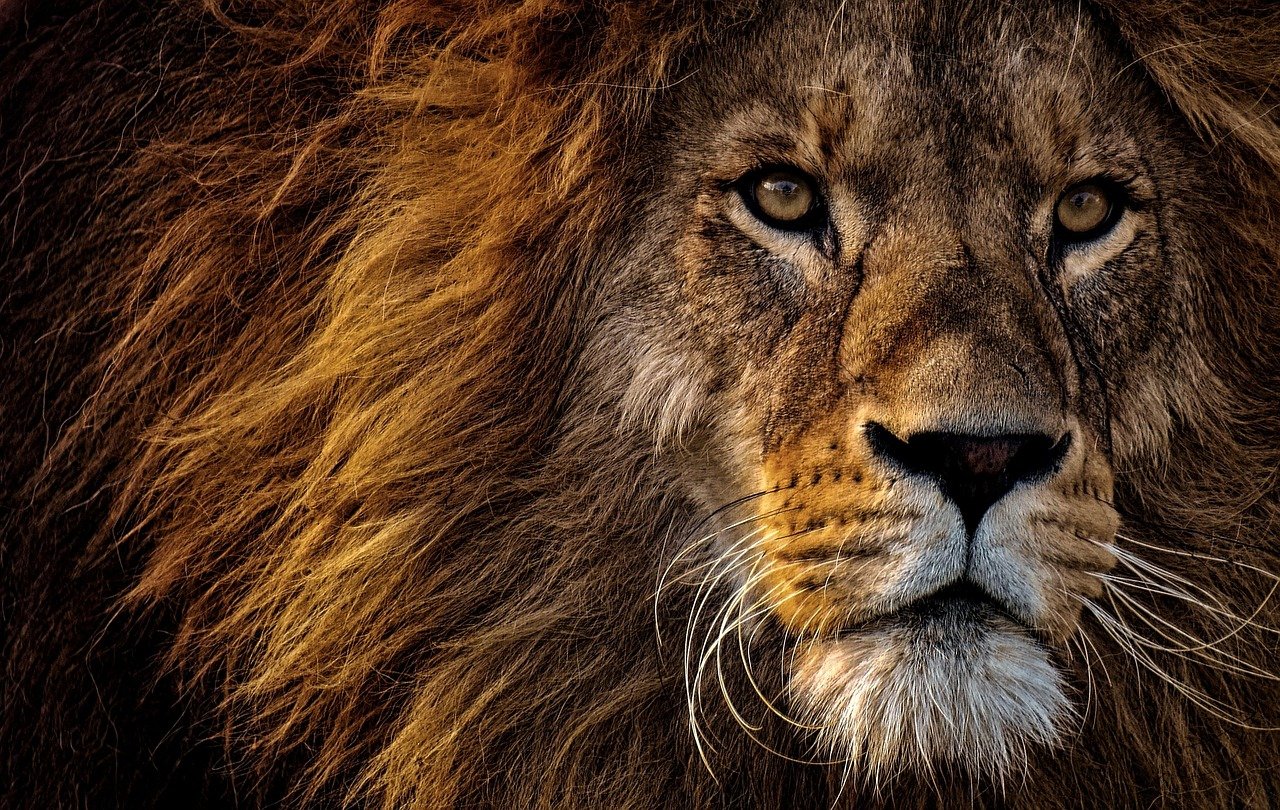
Barbourofelis possessed a body that would make modern big cats jealous. Standing roughly the size of a large leopard, this predator packed serious muscle into its compact frame. Its shoulders were broader than those of contemporary cats, giving it the leverage needed to bring down prey much larger than itself.
The creature’s most striking feature was undoubtedly its massive canine teeth, which could grow up to 4 inches long. These weren’t just for show – they were precision instruments designed for delivering quick, fatal bites to the throats of unsuspecting prey.
The Mystery of the Missing Claws

Here’s where things get really interesting: unlike true cats, Barbourofelis couldn’t retract its claws. This might seem like a disadvantage, but it actually reveals something profound about how this predator lived and hunted. Those permanently extended claws were built for gripping and climbing, suggesting a lifestyle quite different from ground-dwelling cats.
Picture a creature that spent significant time in trees, using its powerful claws to maintain grip while maneuvering through the canopy. This arboreal lifestyle would have given Barbourofelis a unique advantage over its terrestrial competitors.
A Jaw Built for Precision
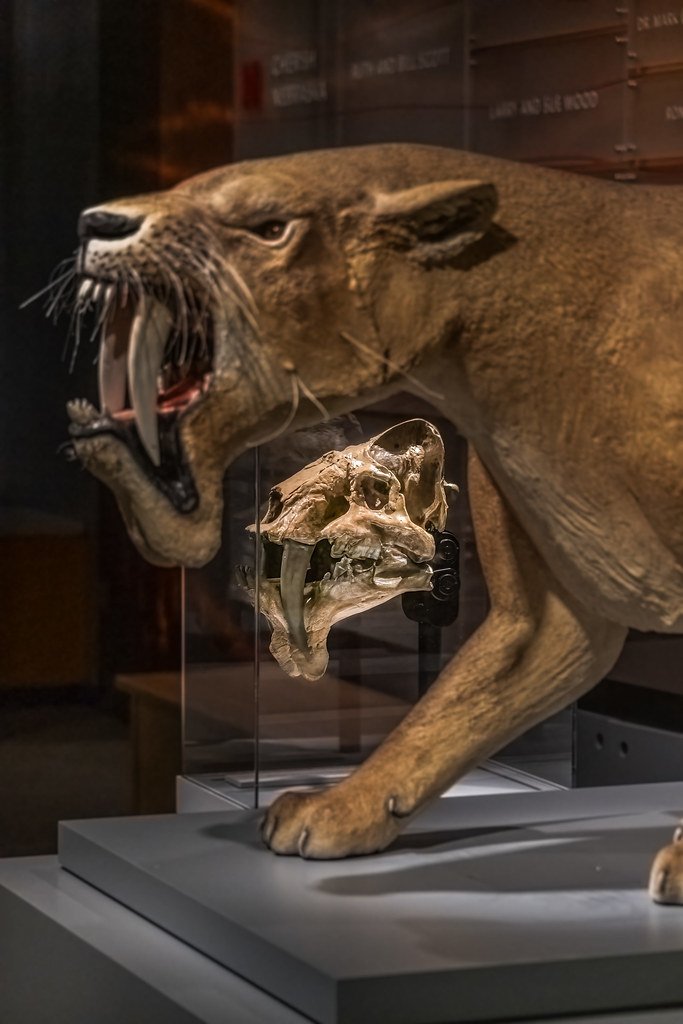
The skull of Barbourofelis tells a story of evolutionary specialization that took millions of years to perfect. Its jaw could open to an incredible 120 degrees – nearly twice as wide as a modern lion’s gape. This extraordinary flexibility was essential for accommodating those massive saber teeth during a killing bite.
But here’s the catch: with such long teeth, Barbourofelis had to be incredibly precise with its attacks. One wrong move could result in broken teeth or even a dislocated jaw. This creature was essentially walking around with a high-performance sports car for a mouth – impressive, but requiring careful handling.
The Silent Stalker
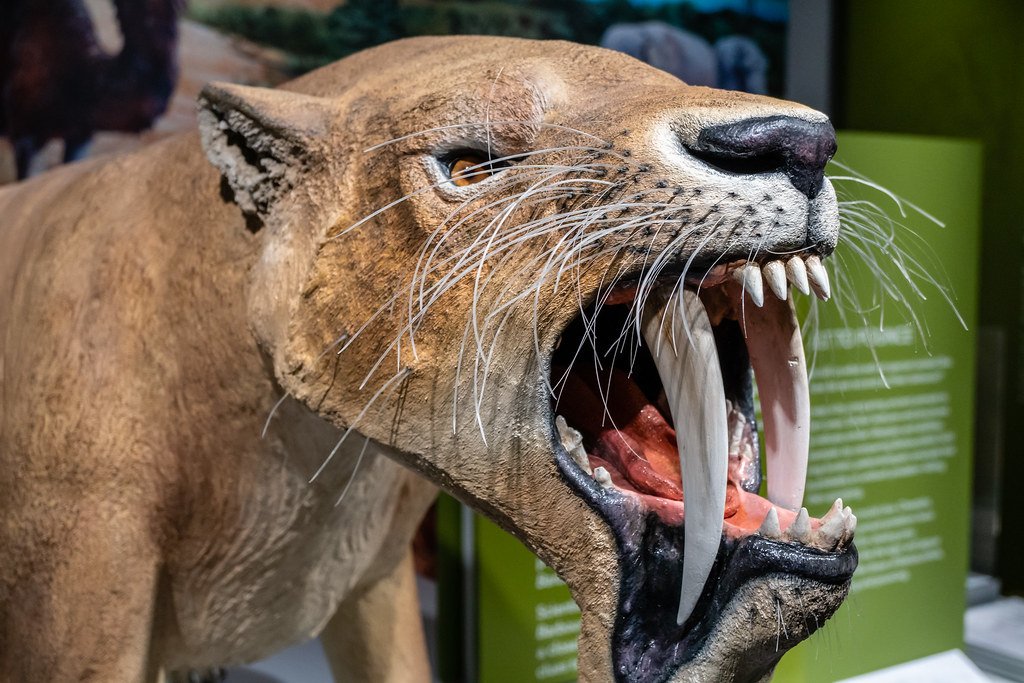
Evidence suggests that Barbourofelis was an ambush predator par excellence. Its body proportions indicate a creature built for explosive power rather than sustained pursuit. Think of it as the prehistoric equivalent of a loaded spring, coiled and ready to unleash devastating force at just the right moment.
This hunting strategy required patience, stealth, and perfect timing. Barbourofelis would likely have spent hours motionless, waiting for the perfect opportunity to strike. When that moment came, the attack would have been swift, brutal, and decisive.
Living in a World of Giants

The Miocene epoch was a dangerous time to be alive, especially for a mid-sized predator like Barbourofelis. This creature shared its world with massive bears, giant ground sloths, and other formidable predators. Competition was fierce, and only the most adaptable survived.
Despite the challenges, Barbourofelis thrived for millions of years across North America. Fossil evidence shows it successfully occupied diverse habitats, from dense forests to open woodlands, proving its remarkable adaptability in an ever-changing world.
The Fossil Detective Story
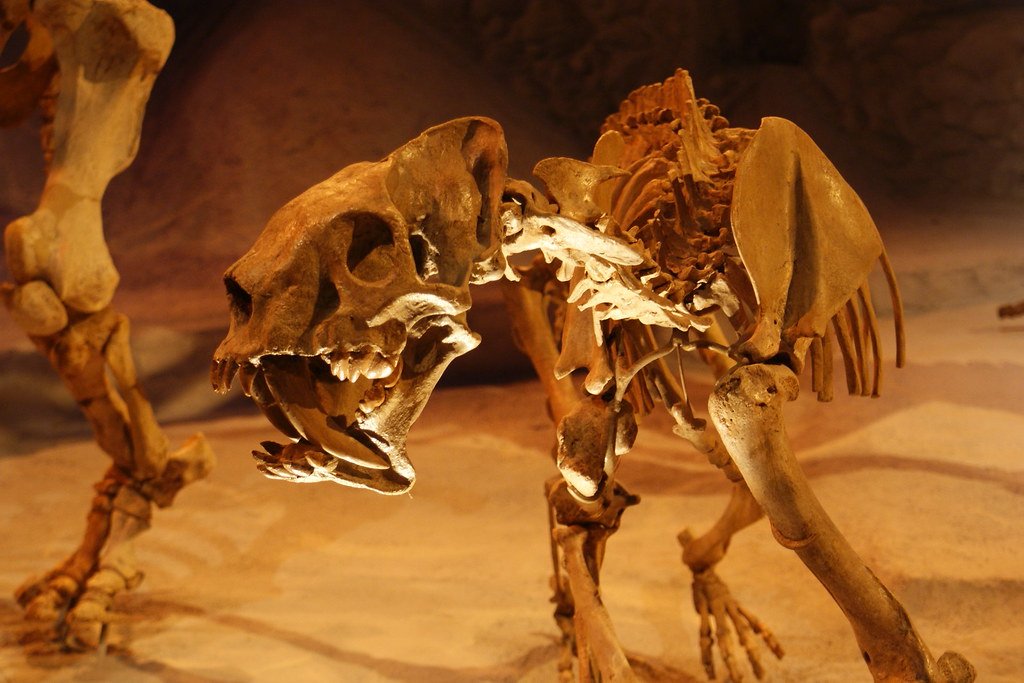
Every Barbourofelis fossil tells a story, and paleontologists have become skilled detectives in reading these ancient clues. Bite marks on bones reveal hunting strategies, while wear patterns on teeth provide insights into diet and behavior. Some specimens even show evidence of healed injuries, giving us glimpses into the harsh realities of prehistoric life.
One particularly fascinating discovery involved a nearly complete skeleton found in perfect preservation. This specimen revealed details about muscle attachment points and joint flexibility that completely revolutionized our understanding of how this predator moved and hunted.
The Great Extinction Mystery

Around 9 million years ago, Barbourofelis vanished from the fossil record as mysteriously as it had appeared. Climate change, shifting ecosystems, and increased competition from true cats all likely played roles in its extinction. The exact cause remains one of paleontology’s enduring mysteries.
What’s particularly intriguing is that true saber-toothed cats continued to thrive long after Barbourofelis disappeared. This suggests that despite their similar appearance and hunting strategies, subtle differences in their biology made all the difference in their evolutionary fate.
Modern Lessons from Ancient Bones

The story of Barbourofelis offers valuable insights into how ecosystems function and evolve over time. By studying this remarkable predator, scientists gain better understanding of predator-prey relationships and how environmental changes can drive evolutionary innovation. These lessons are particularly relevant today as we face our own period of rapid environmental change.
Research on Barbourofelis also highlights the importance of preserving fossil sites and continuing paleontological research. Each new discovery has the potential to rewrite our understanding of prehistoric life and challenge long-held assumptions about evolution.
The Legacy of a Misunderstood Hunter
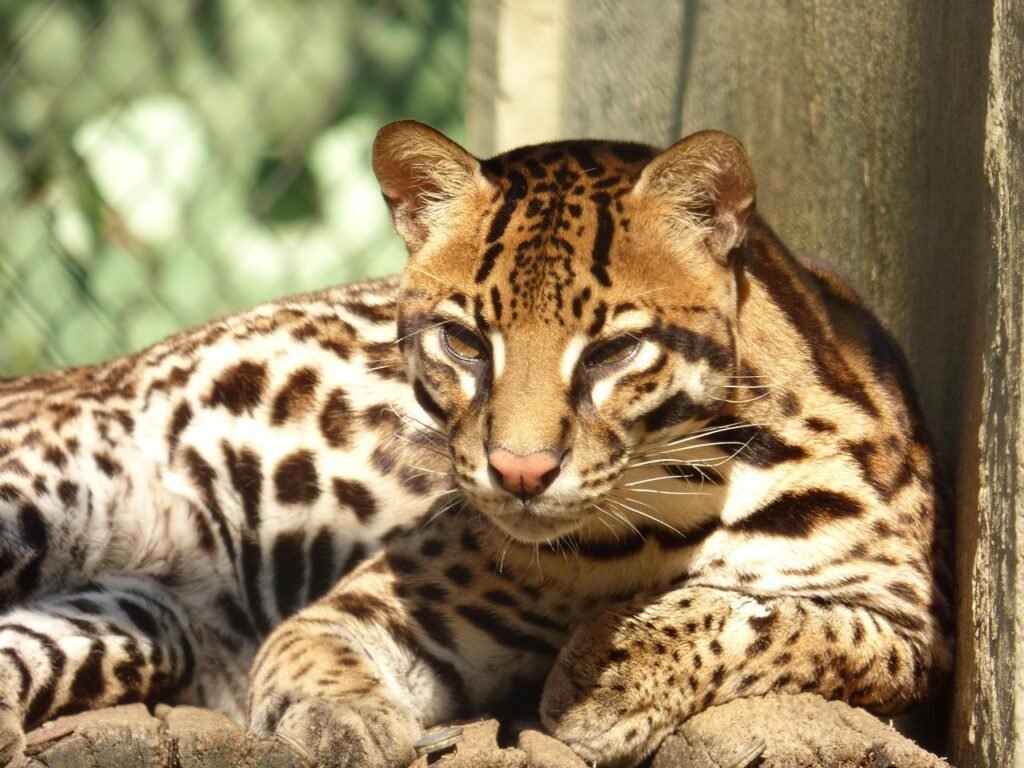
Today, Barbourofelis serves as a perfect example of why science must remain humble and open to new discoveries. This creature reminds us that evolution is far more creative and complex than we often imagine, capable of producing remarkably similar solutions through entirely different pathways.
Museums around the world now correctly display Barbourofelis fossils with updated information, helping visitors understand the fascinating story of this unique predator. The creature that was once misunderstood has become a symbol of scientific progress and the importance of questioning established knowledge.
Conclusion: Neither Cat nor Saber-Tooth, But Something Special
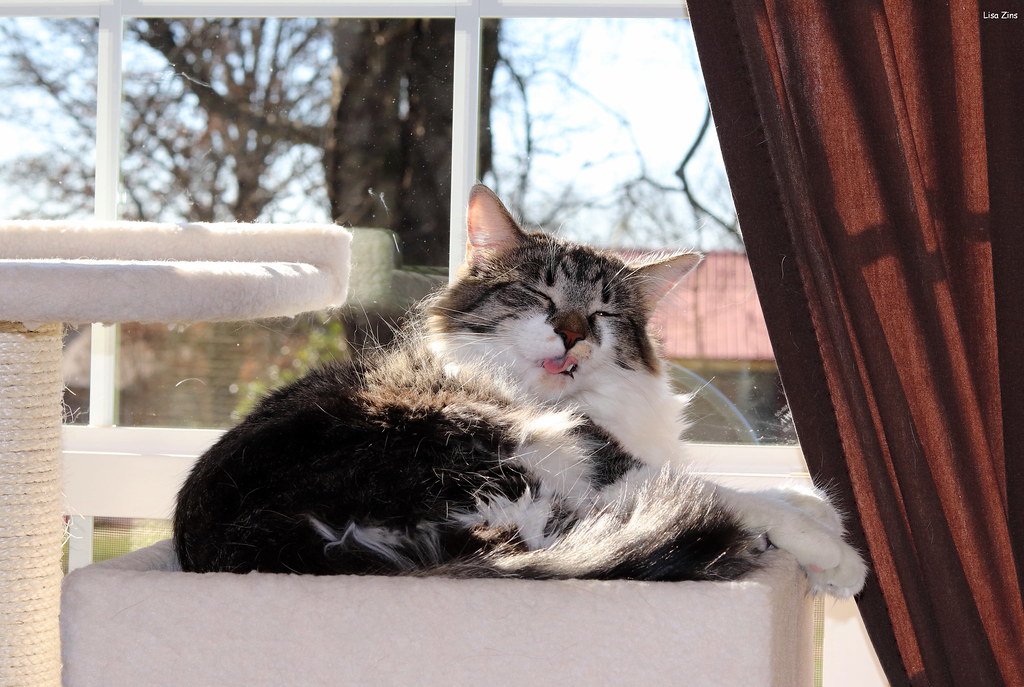
Barbourofelis stands as one of evolution’s most remarkable experiments – a creature that developed the perfect saber-toothed hunting strategy without being related to cats at all. Its story challenges our assumptions about prehistoric life and demonstrates the incredible diversity of solutions that evolution can produce.
This magnificent predator may have vanished millions of years ago, but its legacy lives on in the fossil record and in our growing understanding of how life adapts and evolves. The next time you see a saber-toothed fossil in a museum, remember that not everything is quite what it seems at first glance.
What would you have guessed about this mysterious predator before learning its true identity?
Hi, I’m Bola, a passionate writer and creative strategist with a knack for crafting compelling content that educates, inspires, and connects. Over the years, I’ve honed my skills across various writing fields, including content creation, copywriting, online course development, and video scriptwriting.
When I’m not at my desk, you’ll find me exploring new ideas, reading books, or brainstorming creative ways to solve challenges. I believe that words have the power to transform, and I’m here to help you leverage that power for success.
Thanks for stopping by, Keep coming to this website to checkout new articles form me. You’d always love it!





